What is Tellor (TRB)?
Tellor is a decentralized oracle network built on the blockchain that facilitates the connection of Ethereum smart contracts to external off-chain data. This system is designed to enhance the functionality of decentralized applications (dApps), particularly in the decentralized finance (DeFi) space. Tellor is secure, transparent, and specifically caters to Ethereum, providing reliable and stable data feeds to smart contracts.
In traditional systems, users would typically visit cryptocurrency exchanges to access real-time market data via their APIs. However, Tellor simplifies this by enabling smart contracts on Ethereum to directly interact with external data sources, without the need for users to check exchanges. Tellor’s oracles pull verified, real-time data and make it available directly within Ethereum-based smart contracts, providing users with accurate market information in a seamless and efficient manner.

Typically, Ethereum smart contracts are confined to operating with only the data contained within the contract itself, making it difficult to access off-chain information. Tellor overcomes this limitation by connecting smart contracts to decentralized data banks maintained by staked miners. These miners are incentivized to provide accurate and reliable data, ensuring the ecosystem operates in a trustless and transparent manner. This enables decentralized applications (dApps) within the DeFi ecosystem to access fact-checked, real-world data, making Tellor an essential tool for developers building on Ethereum.
How Does Tellor (TRB) Work?
Tellor is a decentralized oracle network hosted on the Ethereum blockchain, designed to provide Ethereum-based smart contracts with off-chain data. Acting as an intermediary, Tellor connects smart contracts to external data sources, enabling them to access real-time information without the need for third parties. This is accomplished through a trustless mechanism, where oracles (decentralized data providers) feed verified, off-chain data to Ethereum smart contracts. The use of decentralized oracles eliminates the risks of centralization and manipulation often associated with traditional data sources.
The Tellor network relies on a consensus mechanism called Proof of Work (PoW), where a network of staked miners solves complex mathematical equations to validate and confirm the accuracy of the requested data. This ensures that the data being provided is both secure and trustworthy. Tellor’s smart contracts update the data feeds every five minutes, maintaining the freshness and reliability of the information provided.
Miners in the Tellor ecosystem are incentivized to submit accurate data by the “tips” attached to each data request and by staking TRB tokens, Tellor’s utility token. Miners can lose their staked tokens if they submit incorrect data, ensuring the integrity of the system. This staking model, combined with the incentives, ensures that the network remains decentralized, secure, and trustworthy.
TRB (Tributes) is the ERC-20 token that serves as the primary means of value exchange within the Tellor ecosystem. Miners stake TRB tokens to participate in the network, and they are rewarded with TRB for accurately answering data requests. The token also plays a central role in the incentivization system, supporting the overall functionality and growth of the Tellor network.
Who Are the Founders of Tellor (TRB) ? (History of Tellor)
Tellor (TRB) is a decentralized oracle network that launched in 2019 and was co-founded by Brenda Loya and Michael Zemrose. The main goal of the project is to address the challenges faced by oracles, particularly the speed and cost of off-chain data feeds. Brenda Loya, the CEO of Tellor, has extensive experience in blockchain, data science, and scalability. She plays a key role in driving the development of the Tellor project.
The same development team behind Tellor also created Daxia, a protocol for derivatives, which is also hosted on the Ethereum network, just like Tellor.
What Makes Tellor (TRB) Unique?

Tellor (TRB) enables Ethereum smart contract users to access reliable, trustworthy off-chain data in a secure, decentralized, and trustless manner. Tellor offers a more cost-effective and efficient solution for fetching data, with updates occurring every 5 minutes, provided there are sufficient user requests. Staked miners are responsible for processing these requests, validating the data’s reliability, and solving a mathematical equation to ensure its accuracy.
Once the data is sourced, it can be accessed by other users on the network, who can then pay for it, further incentivizing miners to maintain the integrity of the system. TRB, Tellor’s utility token, powers the network by enabling users to request data and receive it, with the entire process supported by a system of incentivization, miners, game theory, and oracles.
What Gives Tellor (TRB) Value?
The value of Tellor (TRB) is driven by its technical capabilities, utility, and the underlying technology that powers the platform. These factors contribute to the intrinsic value of Tellor, which may not always align with the market price of TRB. Like many other cryptocurrencies, TRB is influenced by frequent market fluctuations, with its price often varying significantly as market trends shift.
Tellor’s value also stems from the demand for its oracle services, specifically for off-chain data. The more users leverage Tellor’s oracle network, the more valuable Tellor and its native token, TRB, become. Additionally, TRB’s price can fluctuate based on trading volumes and market activity, often leading to periods where it is overbought or underbought.


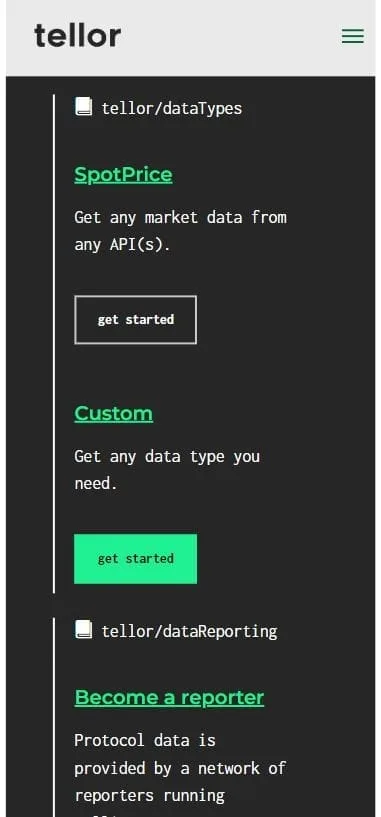
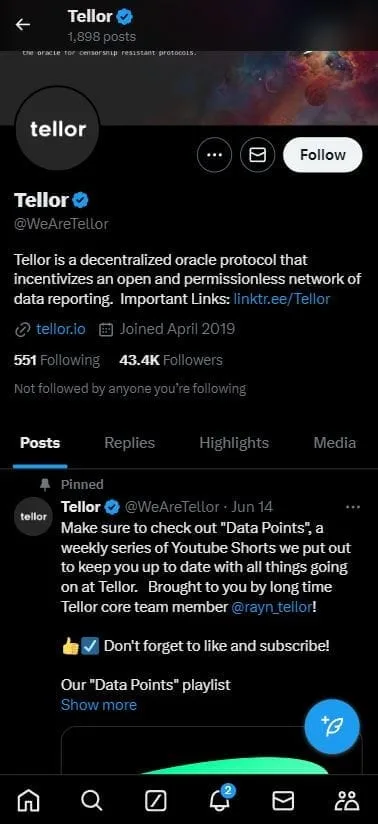
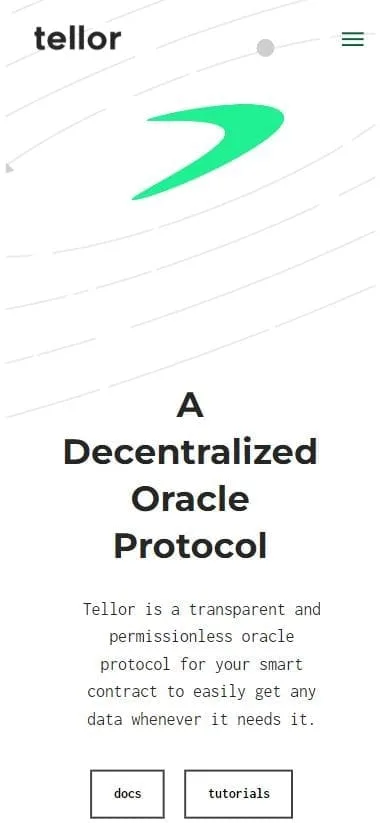








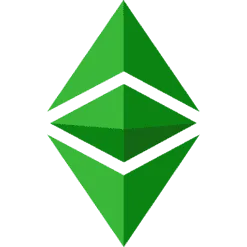

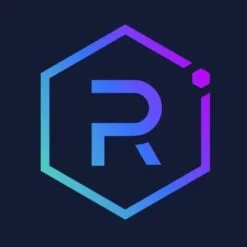



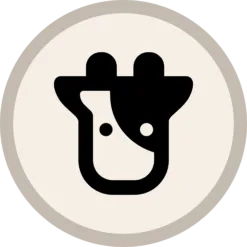
Harran –
Good apps
matthewmartin –
in tellor i trust